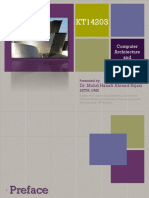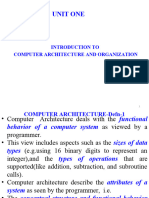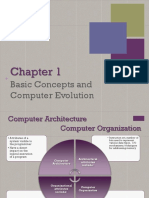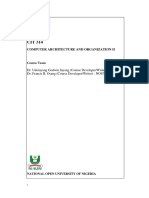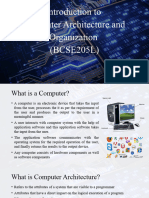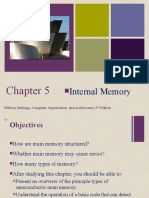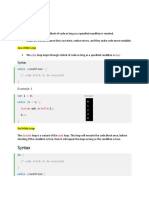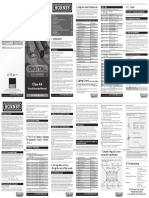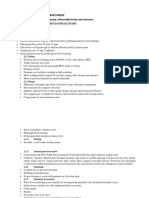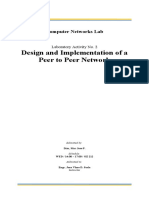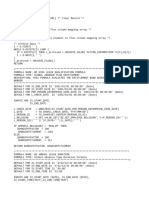0% found this document useful (0 votes)
421 views35 pagesIntroduction To Computer Organization and Architecture (COA)
The document introduces the IBM System/370 architecture. It was introduced in 1970 and included several models that allowed upgrading to faster models without abandoning original software. New models were introduced with improved technology while retaining the same architecture.
Uploaded by
Dang Hai Binh (K16HCM)Copyright
© © All Rights Reserved
We take content rights seriously. If you suspect this is your content, claim it here.
Available Formats
Download as PPTX, PDF, TXT or read online on Scribd
0% found this document useful (0 votes)
421 views35 pagesIntroduction To Computer Organization and Architecture (COA)
The document introduces the IBM System/370 architecture. It was introduced in 1970 and included several models that allowed upgrading to faster models without abandoning original software. New models were introduced with improved technology while retaining the same architecture.
Uploaded by
Dang Hai Binh (K16HCM)Copyright
© © All Rights Reserved
We take content rights seriously. If you suspect this is your content, claim it here.
Available Formats
Download as PPTX, PDF, TXT or read online on Scribd
/ 35







